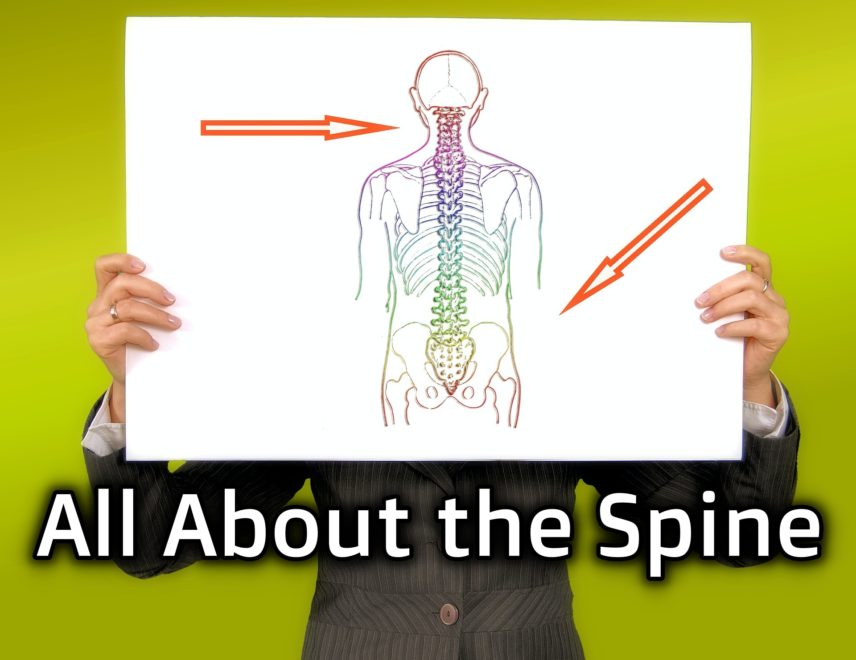Tag: lumbar

All About the Spine
How to maximize your spinal movement Movement Debrief Episode 118 is in the books. Below is a copy of the…
Chapter 11: Lumbar Spine
This is a Chapter 11 summary of “Clinical Neurodynamics” by Michael Shacklock. Physical Exam The slump is the big dog…
